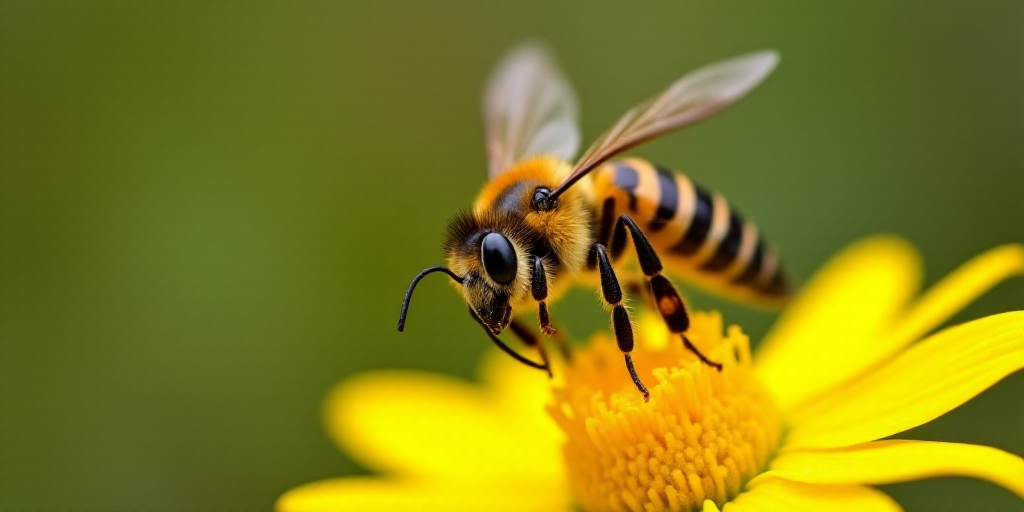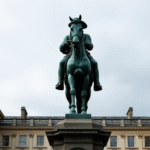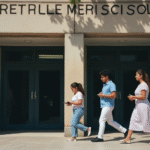Introduction to Animal Responses to Death
Emmanuelle Pouydebat, a renowned biologist and researcher at the French National Centre for Scientific Research (CNRS) and the Natural History Museum in Paris, has recently published a book titled “Les oiseaux se cachent-ils pour mourir?” (Do birds hide to die?). In her research, Pouydebat explores the complex and varied reactions animals exhibit when confronted with death.
Examples of Animal Reactions to Death
- Hippopotamus in Botswana: In 2018, a female hippopotamus was observed trying to keep her dead calf afloat in a water body for 11 hours, warding off crocodiles. She created bubbles to communicate with the calf and was joined by other group members in their attempts to help.
- Orca Tahlequah in Canada: Following the loss of her calf, Orca Tahlequah kept her dead calf afloat for 17 days and traveled nearly 1,600 km without eating or establishing social contact, making her vulnerable to predators.
- Hiding Sea Urchins: Some sea urchins, unable to flee or hide from predators, use a defense mechanism called “tanatosis” to simulate their own death.
- Sick Bees Abandoning Colonies: Infected and contagious bees leave their colonies to prevent spreading diseases.
- Corvids (crows, rooks, and magpies): These birds surround a deceased conspecific and sometimes place feathers, sticks, or plants near the body. This might be to signal their presence, assess potential danger, or establish new social relationships within the group.
“A Resource for Survival”
Pouydebat explains that “detecting death can be a valuable survival resource” and understanding another’s demise is crucial to protect oneself from pathogens. Recognizing a deceased individual’s passing “also implies an awareness of potential separation from nearby individuals,” which fosters social bonds vital for survival in many species.
Limited Research on Animal-Death Relationships
There are few studies on animals and death due to ethical constraints on conducting experiments and the difficulty in interpreting seemingly anecdotal observations. Additionally, scientists’ fear of being accused of “anthropomorphism” has led to overlooking animal capabilities such as altruism, empathy, and cooperation.
Key Questions and Answers
- Question: Is an animal aware that it is causing death?
- Answer: While we cannot definitively say, Pouydebat emphasizes the importance of considering all possibilities and observing various contexts and examples to better understand animal behavior.
- Question: Is an animal aware of its own mortality?
- Answer: Similar to the previous question, there is no definitive answer. However, Pouydebat advocates for continued observation and research to uncover more about animal cognition.
Pouydebat’s work highlights the significance of understanding animal reactions to death, as it sheds light on their complex social behaviors and cognitive abilities. By embracing a non-anthropocentric approach, researchers can uncover more about the intricate lives of animals and their responses to loss.






